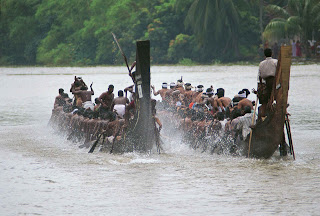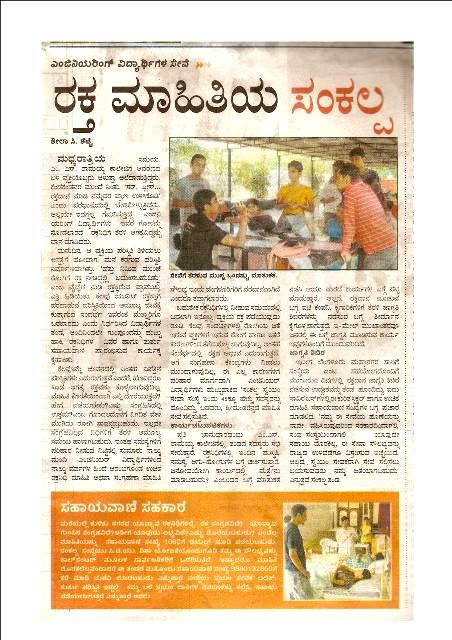Judgement
Freedom
Howrah Bridge: Kolkata's lifeline
 Popularly known as the Rabindra Setu, Howrah Bridge is an engineering marvel and is counted amongst the busiest cantilever bridge in the World. Observing a daily traffic of about 60,000 vehicles and innumerable pedestrians, Howrah bridge have equalled its position to Sydney Harbor Bridge. But the later can never dream of such a traffic. The bridge connects Kolkata and Howrah and is the lifeline of the city. The best way to enjoy its stately beauty is to view it from the middle of the river.
Popularly known as the Rabindra Setu, Howrah Bridge is an engineering marvel and is counted amongst the busiest cantilever bridge in the World. Observing a daily traffic of about 60,000 vehicles and innumerable pedestrians, Howrah bridge have equalled its position to Sydney Harbor Bridge. But the later can never dream of such a traffic. The bridge connects Kolkata and Howrah and is the lifeline of the city. The best way to enjoy its stately beauty is to view it from the middle of the river.
IFFCO: Empowering farmers
During mid- sixties the Co-operative sector in India was responsible for distribution of 70 per cent of fertilisers consumed in the country. This Sector had adequate infrastructure to distribute fertilisers but had no production facilities of its own and hence dependent on public/private Sectors for supplies. To overcome this lacuna and to bridge the demand supply gap in the country, a new cooperative society was conceived to specifically cater to the requirements of farmers. It was an unique venture in which the farmers of the country through their own Co-operative Societies created this new institution to safeguard their interests. The number of co-operative societies associated with IFFCO have risen from 57 in 1967 to 38,155 at present.
The Birth of Indian Cinema

The Indian film industry is the largest in the world in terms of ticket sales and number of films produced annually. Movie tickets in India are among the cheapest in the world.The industry is mainly supported by the vast cinema-going Indian public. The Central Board of Film Certification of India cites on its website that every three months an audience as large as India's billion-strong population visits cinema halls. Indian films are popular in various parts of the world, especially in countries with significant Indian communities.
One and only of it's type: The Nehru Cup Boat Race
 The Nehru Trophy Boat Race on the Punnamda Lake, near Alappuzha, held on the second Saturday of August every year, is the most competitive and popular of the boat races. There are several boat races in Kerala like Champakulam, Pulinkunnu, Aranmula Cheruthana, etc but the Nehru Trophy Boat Race held at the Punnamada Lake is the most famous and popular among them.On the day of this fiercely fought boat race, the tranquil lake front is transformed into a sea of humanity with an estimated two lakh people, including tourists from abroad, coming to watch the event. For the people of each village in Kuttanad, a victory at this race for their village boat is something to be celebrated for months to come.
The Nehru Trophy Boat Race on the Punnamda Lake, near Alappuzha, held on the second Saturday of August every year, is the most competitive and popular of the boat races. There are several boat races in Kerala like Champakulam, Pulinkunnu, Aranmula Cheruthana, etc but the Nehru Trophy Boat Race held at the Punnamada Lake is the most famous and popular among them.On the day of this fiercely fought boat race, the tranquil lake front is transformed into a sea of humanity with an estimated two lakh people, including tourists from abroad, coming to watch the event. For the people of each village in Kuttanad, a victory at this race for their village boat is something to be celebrated for months to come.
World Blood Donors day
World Blood Donor’s day:

